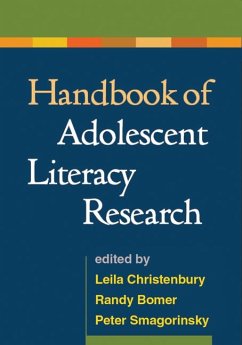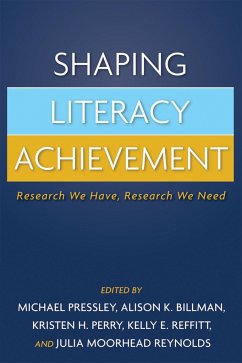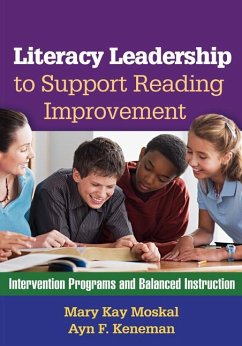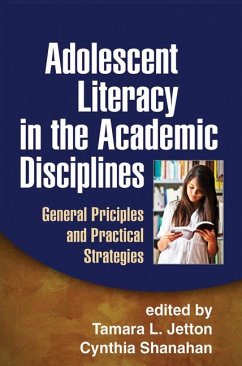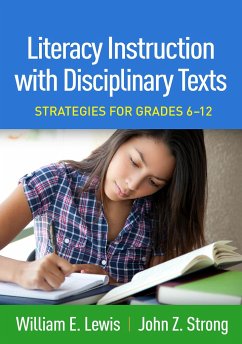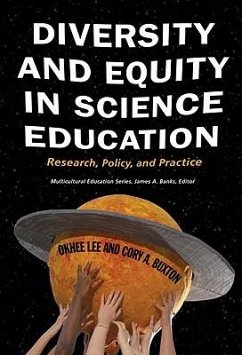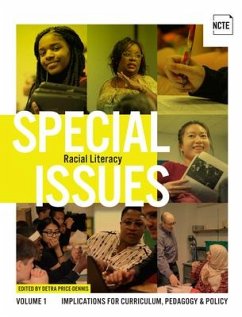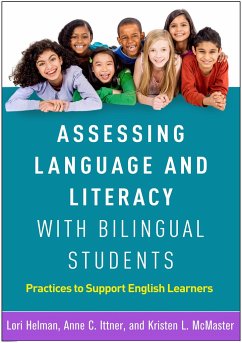
Handbook of Research on Literacy and Diversity
Versandkostenfrei!
Versandfertig in über 4 Wochen
53,99 €
inkl. MwSt.

PAYBACK Punkte
27 °P sammeln!
This is the first research handbook to address all dimensions of diversity that have an impact on literacy achievement. Leading experts examine how teaching and learning intersect with cultural and language differences and socioeconomic disparities in today's increasingly diverse schools and communities. The volume weaves compelling research findings together with theory, policy considerations, and discussions of exemplary instructional practices. It offers fresh perspectives on such topics as family literacy, multiliteracies, drawing on cultural resources in the classroom, factors that promo...
This is the first research handbook to address all dimensions of diversity that have an impact on literacy achievement. Leading experts examine how teaching and learning intersect with cultural and language differences and socioeconomic disparities in today's increasingly diverse schools and communities. The volume weaves compelling research findings together with theory, policy considerations, and discussions of exemplary instructional practices. It offers fresh perspectives on such topics as family literacy, multiliteracies, drawing on cultural resources in the classroom, factors that promote success in high-poverty schools, equity issues, and ways to teach specific literacy skills. The concluding section provides crucial recommendations for teacher preparation and professional development.



